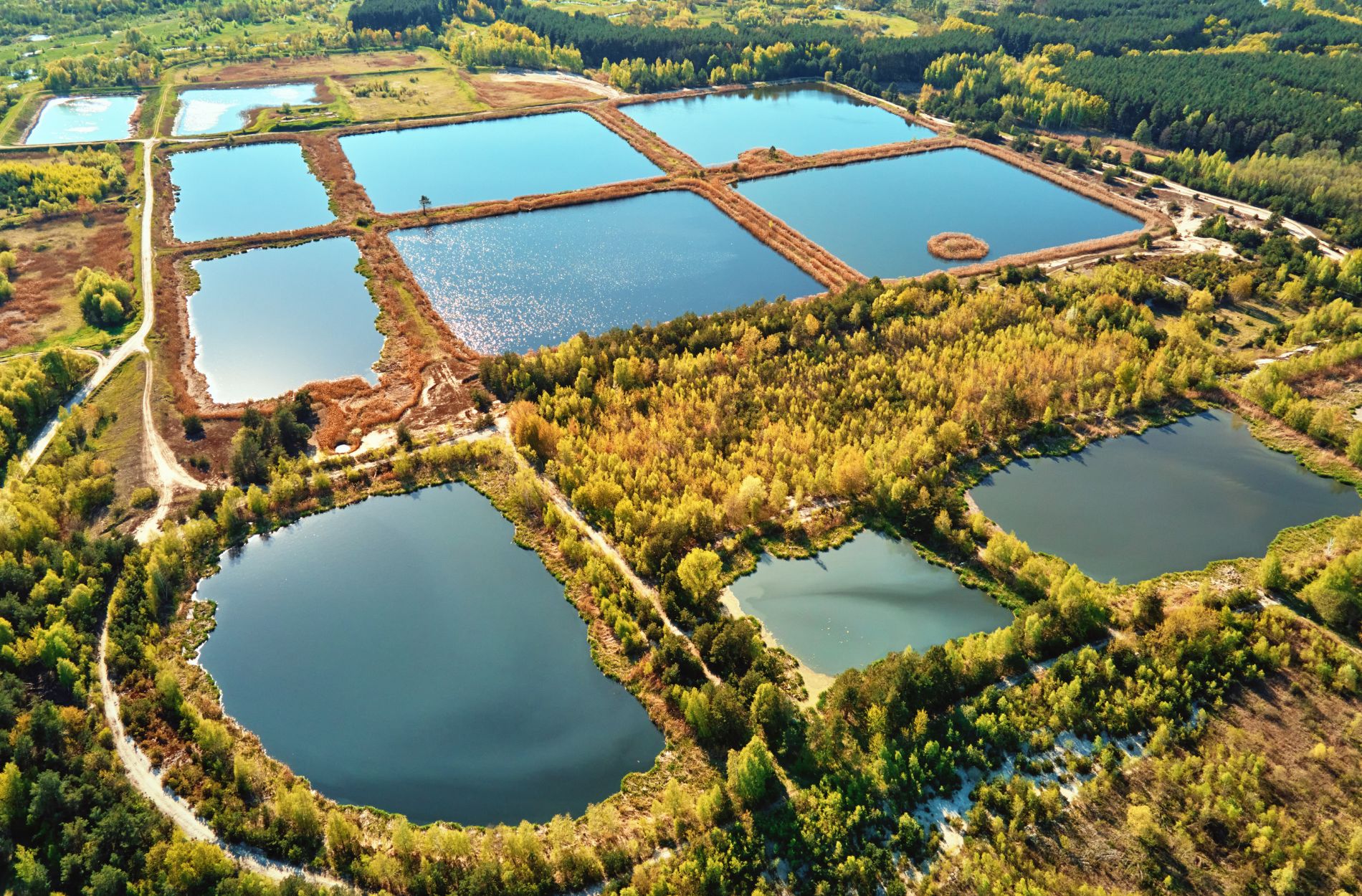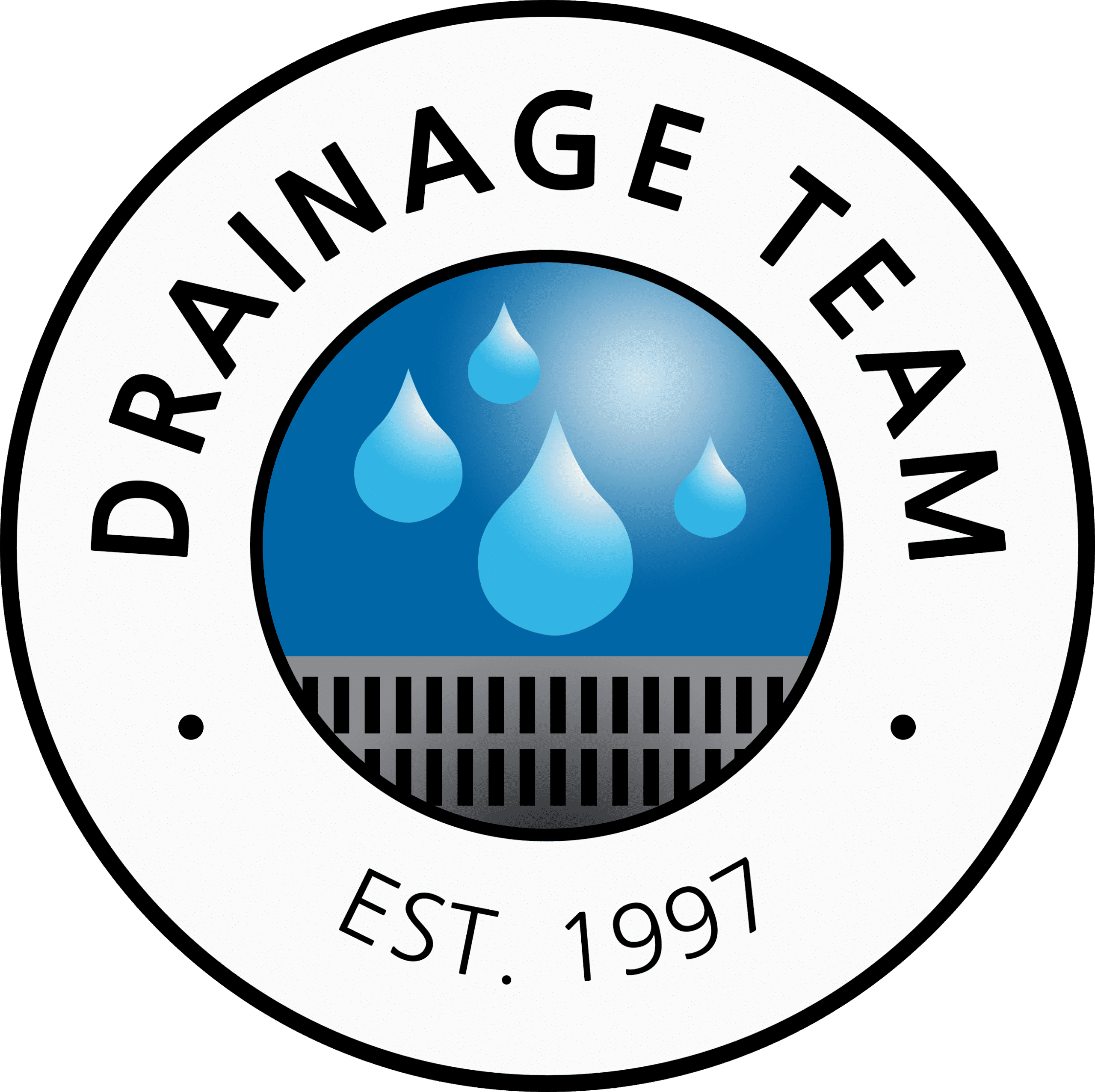Stormwater runoff is a growing concern for property owners and developers, as it can lead to various issues such as flooding, soil erosion, and water pollution which impact the integrity of properties and the surrounding environment. As people become more environmentally conscious and focused on sustainable property development, effective stormwater management solutions are more crucial than ever.
Detention basins offer a practical, eco-friendly approach to addressing stormwater runoff challenges on residential, commercial, and governmental properties, creating a sustainable solution that benefits both the property and the environment.
In this article, we will explore the role of detention basins in stormwater management, discussing their benefits and design considerations for sustainable property development. We will also provide insights into the importance of proper maintenance and how they can be incorporated as part of an integrated stormwater management strategy.
By understanding the function and benefits of detention basins, property owners and developers can make informed decisions to create sustainable, resilient, and eco-friendly property developments, which promote environmental stewardship and foster a positive impact on the community.
The importance of stormwater management cannot be overstated, as it directly impacts the wellbeing of the natural environment, the local community, and the financial viability of property investments. Through detention basins, property owners and developers have the opportunity to take a proactive approach to stormwater management, protecting valuable resources while contributing to the overall sustainability and environmental health of their property developments.
Understanding Detention Basins and Their Role in Stormwater Management
Detention basins, sometimes referred to as dry ponds or retention basins, are engineered landscape features designed to manage stormwater runoff by temporarily storing excess water and gradually releasing it at a controlled rate. These basins help to mitigate the impacts of heavy rainfall events by providing a temporary storage area for stormwater, reducing the risk of flooding and alleviating the strain on municipal stormwater systems.
Detention basins also contribute to water quality management by promoting the natural process of sedimentation, where pollutants and solid particles suspended in stormwater settle at the bottom of the basin. This filtration process reduces the amount of contaminants entering the local waterways, helping to protect aquatic habitats and maintain high water quality standards.
In summary, detention basins play a crucial role in sustainable property development by managing stormwater runoff, preventing flooding, ensuring the stability of landscapes, and preserving the quality of local water resources.
Benefits of Detention Basins in Sustainable Property Development
Integrating detention basins into a property’s stormwater management system offers several benefits that contribute to the sustainability and longevity of the development. Some key advantages of detention basins include:
- Reducing Flood Risks: By temporarily storing excess stormwater, detention basins lessen the chances of flooding on the property and in the surrounding community.
- Protecting Soil and Landscapes: Controlling the flow of stormwater runoff reduces the rate of soil erosion and sediment transport, safeguarding landscapes and maintaining property integrity.
- Enhancing Water Quality: Detention basins’ natural sedimentation process helps to remove pollutants from stormwater, contributing to better water quality in local waterways and ecosystems.
- Green Space and Wildlife Habitat: Detention basins can double as green spaces on a property, providing landscaping opportunities and creating beneficial wildlife habitats.
- Meeting Regulatory Requirements: Many localities require stormwater management solutions like detention basins for new developments, and incorporating these elements can help ensure compliance with these regulations.
Design Considerations for Detention Basins in Property Development
The design process for detention basins requires careful planning and consideration of various factors, such as site topography, soil type, local climate conditions, and regulatory requirements. Here are some key design elements to consider when integrating detention basins into a sustainable stormwater management system:
- Size and Capacity: The basin’s size and storage capacity should be adequate to manage the expected rainfall events for the specific area and accommodate the necessary volume of stormwater as determined by the property’s impervious surfaces and development size.
- Outlet and Overflow Structures: Designing an effective outlet structure and emergency overflow system is essential to control the release rate of stormwater from the detention basin and ensure its safe and proper functioning.
- Vegetation and Landscaping: Incorporating appropriate vegetation and landscaping within and around the detention basin can improve its aesthetic appeal, enhance wildlife habitat, and aid in pollutant removal.
- Maintenance Access: Providing easy access for regular maintenance and inspections is essential for the long-term performance and safety of the detention basin.
The Importance of Regular Maintenance and Integrated Stormwater Management
Proper maintenance of detention basins is critical to ensure their ongoing effectiveness and safety. Routine inspections and maintenance tasks include:
- Removing Accumulated Sediment and Debris: Regular removal of sediment and debris helps maintain storage capacity, improve water flow, and prevent clogs in outlet structures.
- Inspecting Outlet and Overflow Structures: Checking for any damage or blockages in the outlet and overflow systems can help identify potential issues and ensure proper functioning during storm events.
- Maintaining Vegetation and Landscaping: Regular trimming and pruning of vegetation can help maintain the basin’s aesthetic appeal, support wildlife habitat, and prevent overgrowth that could impede water flow.
Additionally, detention basins should be considered as one component of an integrated stormwater management system. By combining detention basins with other complementary stormwater mitigation measures, such as pervious pavement, green roofs, rain gardens, and swales, property owners and developers can create a comprehensive approach to stormwater management that aligns with sustainable development goals.
Conclusion
As the demand for sustainable property development continues to grow, incorporating solutions like detention basins into stormwater management systems can provide residential, commercial, and governmental properties with numerous environmental, financial, and regulatory benefits. As experts in drainage, erosion, stormwater basins, and waterproofing, the Drainage Team is here to help you implement these solutions for the long-term success and sustainability of your property.
Are you tired of dealing with stormwater runoff on your property? Let the Drainage Team help you create a more sustainable and eco-friendly solution with our specialized stormwater management services. Contact us today to discuss your needs and learn how detention basins, along with our other services, can help you achieve a more resilient property. Take action now and create a better future for your property and community. Contact us today!






